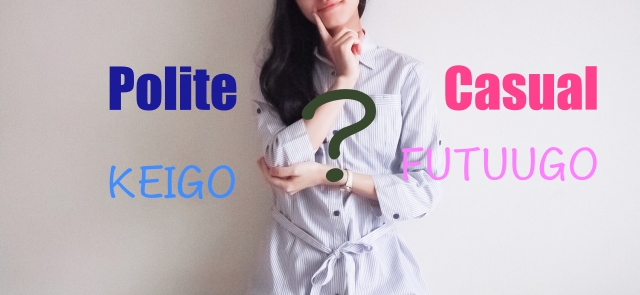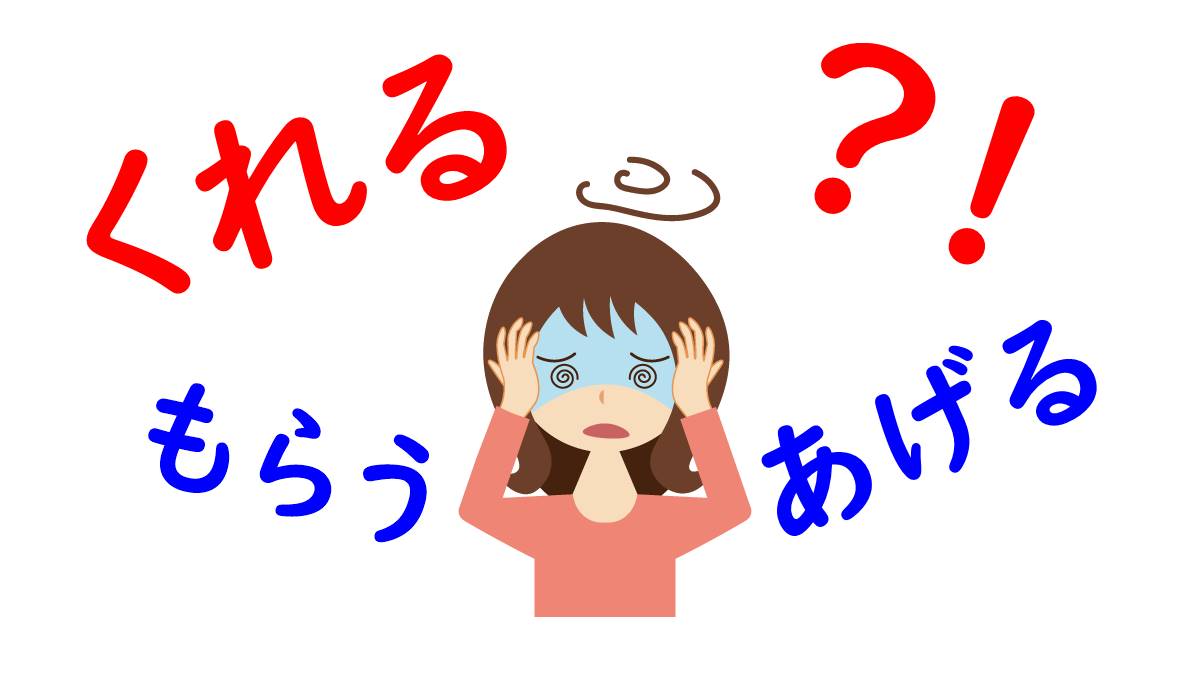いつ敬語を使ったらいいですか?
こんな質問をよくもらいます。
Most of students are not good at speaking KEIGO which is polite form in Japanese.
I’m going to answer when should you use KEIGO.
There are three types of keigo in Japanese
- 謙譲語(kenjoo-go)
- 尊敬語(Sonkee-go)
- 丁寧語(Teinei-go)
They are complicated for foreigner.
I am not explaining about that this time.
But remember? Most textbooks are written in 丁寧語.
And sometimes It says about 普通語 which is casual form.
When should we use KEIGO?
- Whenever you meet a stranger.
- When you are in the office or business scene.
- When you are with older people.
知らない人と話す時。
仕事関係の時。
年上と話す時。
Basically, It is better to use keigo in the case above.
What should you do when you forget the keigo out of the blue.
If you are so nervous then you forgot the keigo.
Don’t worry.
In that case, you can use 丁寧語(ていねいご)which is the polite form.
Even the Japanese, we sometimes make a mistake using Keigo.
It is difficult to use keigo perfectly.
If you had a trouble with keigo, Just use 丁寧語.
丁寧語 is good for any situation.
That is why a textbook is written in 丁寧語.
When do we switch to 普通語 from 敬語?
This is a problem even for Japanese people.
You have a best friend, the friend was a stranger at the first time you met.
So When, How do we change the form?
I can tell you, we don’t make a comfirmation like asking whether I can use 普通語.
Somehow, when you felt atmosphere like you got along with you.
Then you should use 普通語 graduatelly, sometime you mixed 普通語 and 敬語.
まとめ
わたしも、いつも、恐る恐る敬語から普通語(カジュアルな言葉、友達同士で使う言葉)に変えて行きます。
相手の顔色をみながら。
そんな時、英語っていいなぁ、と思います。
あまり、相手によって話し方を変えることはないですからね!
そうそう、I have to say something.
敬語 is not for discrimination.
敬語 is used to show your respect to the person.
たくさん使って、慣れてくださいね。



コメント